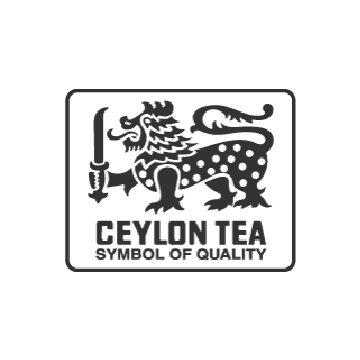The Kingdom can produce up to 700,000 tons of fisheries annually.

Al-Fadhli said during the Saudi Arab African
Economic Conference currently being held in Riyadh that the Kingdom can produce
up to 700,000 tons of fish wealth annually due to its strategic location, generating around 200,000 direct and indirect jobs in the
fisheries sector, under its Vision 2030 master plan to diversify the
economy.
The National Fisheries Development Program, founded in
2015, is tasked with this growth and hopes to attract $5 billion of investment
from the private sector up until the end of the decade.
In 2020, the largest Arab economy imported 215,000 tons
of seafood which included tuna, sardines and Basa and exported only 60,000 tons
of aquaculture exports.
Based near Jeddah’s port, Naqua is a large-scale farm
working up and down the fisheries value chain — from on-site feed production,
to selling products through various firms. It produces shrimp, Barramundi fish,
and sea cucumber, according to the company’s website.
The operation accounted for 86.2 percent of Saudi
Arabia’s aquaculture production in 2018 and 80 percent of the Gulf’s
output.
The group’s export shipments only trailed the Kingdom’s
petrochemicals and mineral industries, according to the company. It is also the
Middle East’s first firm to receive the international Best
Aquaculture Practices certification. Vision 2030 aims to bolster the
company’s production to 250,000 tons.
The surge to hit the production target of 700,000 tons
of fish products per year is earmarked to come from Naqua’s expansion, other
Saudi firms as well as foreign partnerships.
It has so far invested SR4 billion ($1.1 billion) in
the sector since it was founded in 1982.
Tabuk Fish signed a deal with NEOM in April 2021 to
establish the largest fish farm in the Middle East and North Africa, according
to the Giga-project city.
The firm will run a state-of-the-art hatchery for the
megacity holding up to 70 million fingerlings (young fish), which will make it
the largest farm of its kind in the Middle East and North Africa region and
will focus on improving local fish production in the Red Sea.

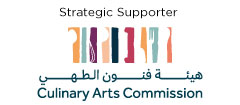

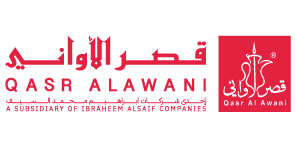
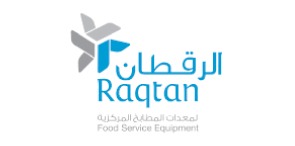


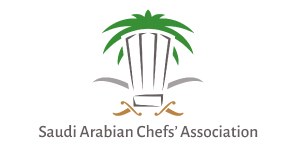













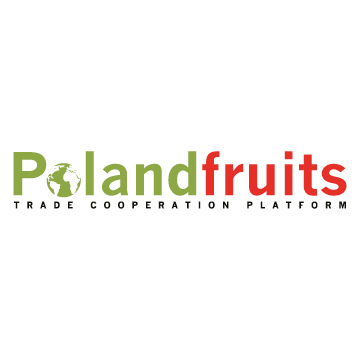












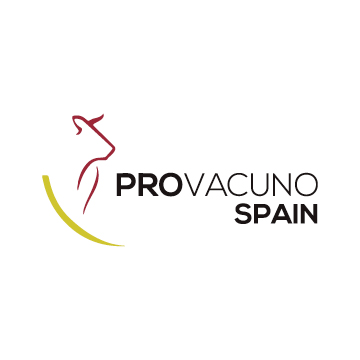




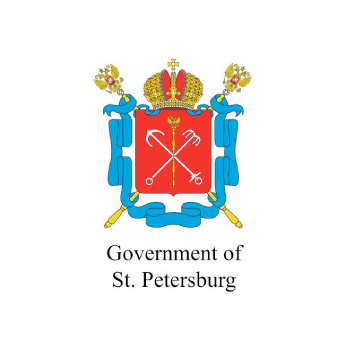



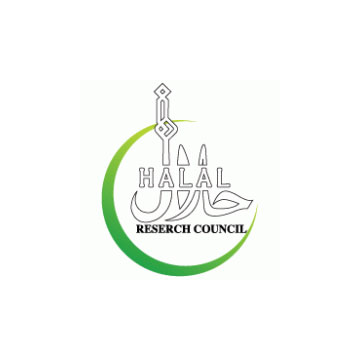
.jpg)


